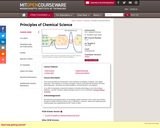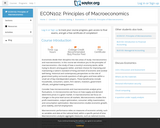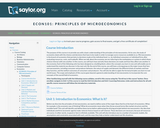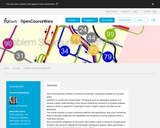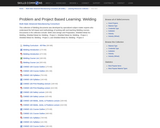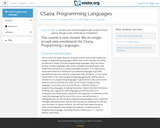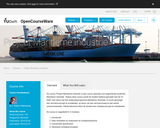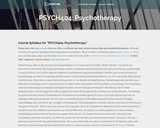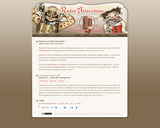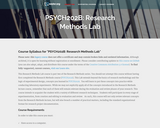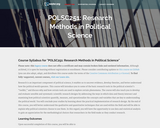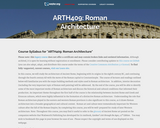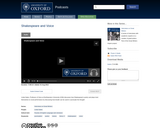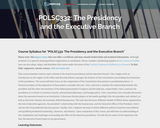
This course examines various topics related to the American presidency and the executive branch. The course focuses on the origins of the office, the components of the Constitution that pertain to presidential power, learning about several important Supreme Court cases regarding these powers and the limits thereof. Next, the course will examine presidential elections, different models of White House organization, the president's interactions with the other branches of government, the office of the vice presidency, and the evolution of the presidency over the years since its founding. The course will also focus on the president's relationship with government bureaucracy and his cabinet, including nominations and oversight. Upon successful completion of this course, the student will be able to: discuss the constitutional foundations of the presidency and the executive branch; explain the concept of separation of powers; discuss the legal history of expanded presidential power; explain how the Electoral College works; debate various reform proposals for the Electoral College; analyze the role of the party system in presidential elections; explain the presidential nomination process; discuss the role of primaries and caucuses in nominating presidential candidates; analyze proposed and enacted reforms to the presidential nominating system; compare and contrast primary and general elections; discuss the evolution of the modern presidency; analyze the managerial tools and models utilized by presidents; explain the concept of checks and balances; assess the political and policy interactions between the president and Congress; explain the role of the president and Congress in the Supreme Court nomination process; describe the role and function of the office of the vice president; describe the role and function of the presidential Cabinet; analyze the role of the Executive Office of the president in the political and policymaking process; explain how the president utilizes the Office of Management and Budget in shaping fiscal policy; discuss the political and policy challenges within the presidential appointment process; describe the organization of the federal bureaucracy; discuss the role and function of regulatory agencies and government corporations within the federal bureaucracy; describe the internal and external constraints on the bureaucratic process; analyze scholarly interpretations of presidential power; discuss the various leadership strategies utilized by various presidents; analyze the psychological dynamics of the presidential personality. (Political Science 332)
- Subject:
- Political Science
- Social Science
- Material Type:
- Assessment
- Full Course
- Lecture
- Lecture Notes
- Reading
- Syllabus
- Provider:
- The Saylor Foundation
- Date Added:
- 04/29/2019
